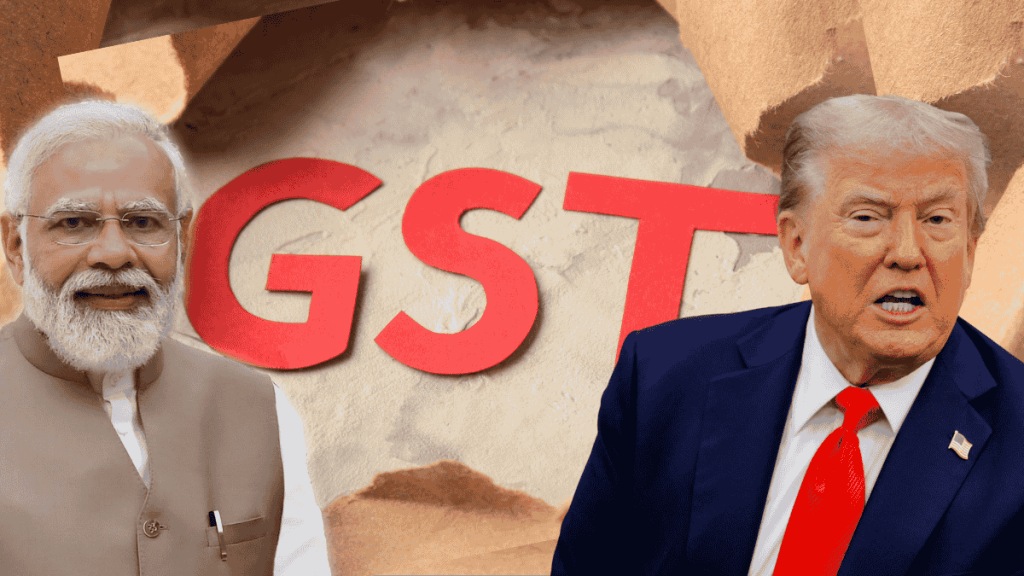India’s big GST revamp came close on the heels of the steep Trump tariffs that took effect on August 27. As India prepares for its biggest festive season starting with Navratri, the question is can the September 22 deadline help boost consumption. The overall expectation is that the likely consumption boost may offset the negative impact of higher tariffs from US to some extent.
Can GST boost help offset tariff impact?
Economist and Executive Vice President of Elara Capital expects “the GST related demand boost to add 100 to 120 bps to the GDP growth over next 4-6 quarters, thereby nullifying the negative impact of higher tariffs on exports to US. We remain constructive on the uptick in consumption demand in the economy as multiple policy levers turn favourable for the first time in a decade.”
Shripal Shah, MD & CEO, Kotak Securities corroborated the view and said, “The GST rate cuts come at the right time, just ahead of the festive season and against the backdrop of US tariff tiff.”
GST 2.0: Passing benefits to customers likely to lift spending
The government has confirmed implementation of GST 2.0 from September 22. Most goods and services (except tobacco) will see steep tax cuts.
Experts say that the lower GST on essentials, FMCG products, autos, and cement will leave more money in consumers’ hands, directly lifting demand. Traders and businesses are expected to benefit from higher volumes, while companies could see better earnings in the next quarter.
“This should directly boost demand, help traders and businesses see higher volumes, and may even favourably impact next quarter’s earnings. It also carries the potential to ease inflation. The key will be how quickly companies pass on the benefits to customers, and if done well, this move can lift both sentiment and spending,” said Shripal Shah, MD & CEO, Kotak Securities.
US tariffs may slow exports, but domestic demand gets a boost
Analysts say this fiscal stimulus could add 100–120 basis points to India’s GDP growth over the next four to six quarters, even as US tariffs threaten to slow exports.
Vikram Kasat, Head – Advisory at PL Capital, said the measures are “structural reforms to boost demand and the economy.” He added, “We believe they will boost demand for consumption-oriented companies.”
“The implementation of GST is set to unlock a strong wave of domestic demand, with the potential to add 100–120 basis points to GDP growth over the next four to six quarters. This structural tailwind provides a powerful offset to external headwinds from higher US tariffs, reinforcing India’s position as one of the most compelling growth stories globally and creating a supportive environment for investors,” Kasat added.
Rs 48,000 crore Diwali gift fiscally manageable
While the steep 50% US tariffs pose a challenge for Indian exporters, GST 2.0 is expected to boost domestic demand and provide a crucial cushion to the Indian market.
As Shah of Kotak AMC summed up the hit on revenue estimated to be “Rs 48,000 crore is fiscally manageable. Process improvement should be a continuous affair with a feedback loop, while leakages and fraud in GST must be dealt with an iron hand.”

